Birch Trees in the Urban Landscape
by Dorothy Dobbie
When and where to plant a birch
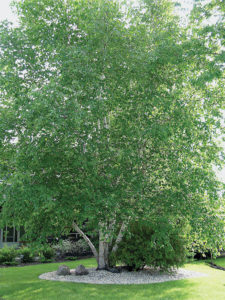
The best time to plant a birch tree is spring and early summer. An ideal site is cool and moist. They need moisture and partial or light shade, but not too much shade. Their crowns require plenty of sunlight, but birch roots and bases must be protected from heat. Use a mulch to shade the root system and increase moisture retention. Apply leaf or grass clippings and compost about six inches deep in a three-foot radius for new trees; in a six feet radius for mature trees.
Birches thrive in well-drained sandy loam (slightly acidic) among other trees. They have difficulty surviving in heavy clay soil. If you need to plant in clay soil, aerate the soil by making deep holes in a 20-centimetre grid pattern around the tree.
Birches need their space. Their roots will spread to twice their height. Avoid planting birches where their roots by foundations, roads, patios or other obstacles. Birch trees often don’t adapt well to urban yards or developed suburban neighbourhoods.
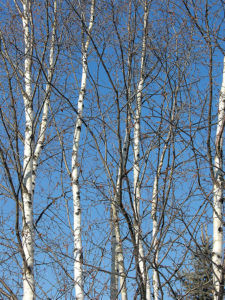
Give your birch water
On an average spring day, one birch drinks enough water to fill ten bathtubs. Water your birch tree every two or three weeks, more so in hot dry weather. Be sure to provide adequate water in fall so that the tree has reserves to draw on as it slows down its metabolism.
Sap begins to flow in April, so water deeply and early to keep your birches strong and healthy throughout their long lives. Adequate watering, fertilizing and aeration of root systems also helps to ward off long term damage from insect infestations.
The bronze birch borer
Trees under stress are a target for insects. The bronze birch borer finds plenty of fodder in cities where birch trees are often under stress because of soil conditions, lack of adequate root space and not enough water.
The borer starts at the very top of the tree, burrowing under the bark, and eat their way down. A sure sign of a borer infestation is a tree with no leaves in the upper crown.
You will also find ridges under the bark and D-shaped holes where the adults emerge.
The borer adult is shiny dark greenish-bronze about a cm long. The larvae, which do all the damage is two cm and had a flat area behind its head.
Birches attract birds
Birches attract birds such as chickadees, nuthatches, swallows and woodpeckers. Hummingbirds feed upon the sap wells in created by yellow bellied sapsuckers. Roughed grouse nibble on the catkins and buds. Chickadees and siskins enjoying a birch seed repast.
Birch tree symbols and uses
Birch trees are symbols of renewal and protection. Associated with goddesses in many cultures, the Germanic rune, Berkana – birch – stands for motherhood, bosom and protection. In western European tradition, cradles were made from birch wood to protect babies from evil force. Birch is also associated with renewal. Tea made from the leaf buds or young leaves is a powerful diuretic. It stimulates the gall bladder, kidneys and liver. It alleviates arthritic pain. The sweet sap was important to native Canadians and tannin from the bark was used in leather making in Russia.
Birch sap wine
Birch sap, which flows abundantly in early spring, is sweet like maple sap and has long been used to make wine.
It also has a lower concentration of sugar than maple. It takes about 80 gallons of birch sap to make one gallon of birch syrup, twice as much as is required to make a gallon of maple syrup. To avoid harming the tree, never tap into the sap for more than two days.
Birch wine has been around for many years. Queen Victoria mentions Silver Birch wine in her diaries as a favourite of Prince Albert. The wine is fresh, crisp and quite dry.



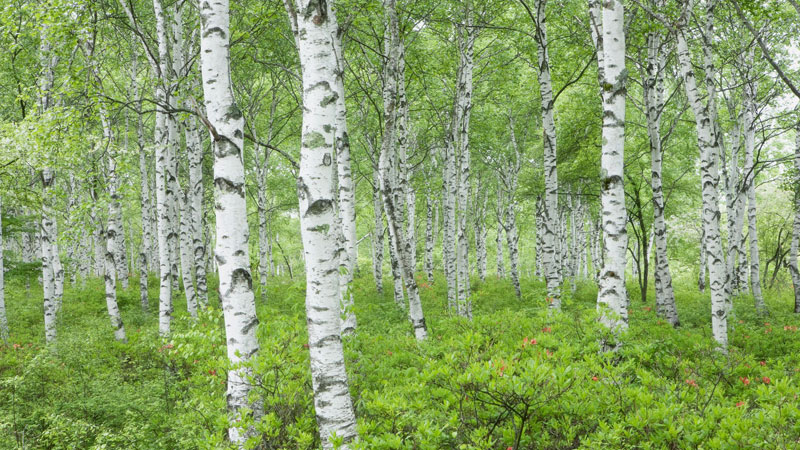
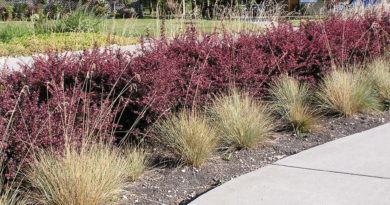

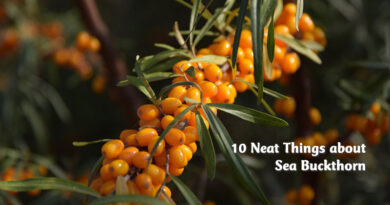
Pingback: Common Birch Tree Pests - Canada's LOCAL Gardener magazine